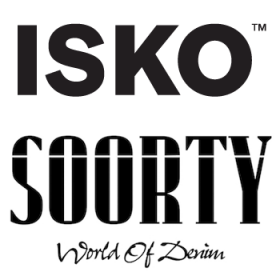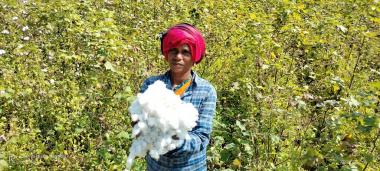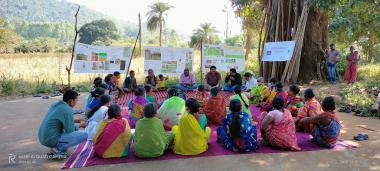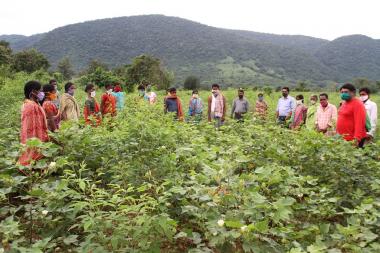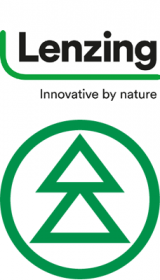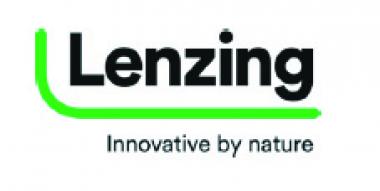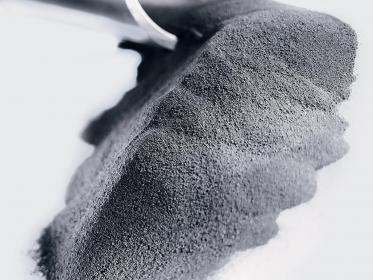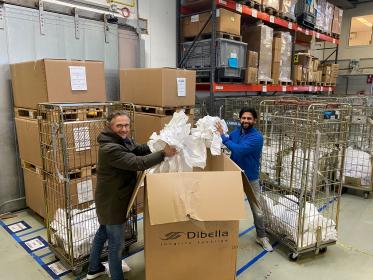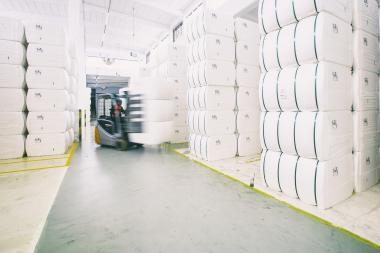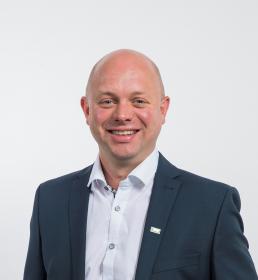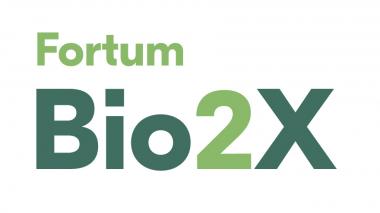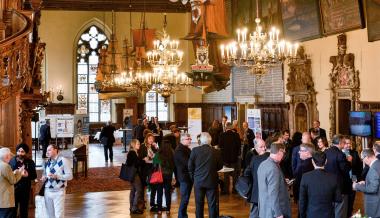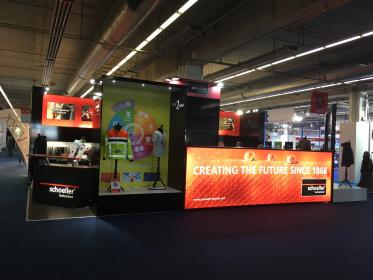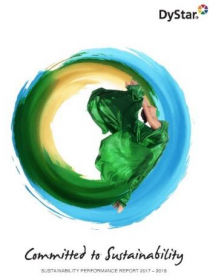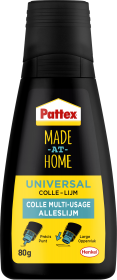Green fashion community to meet at INNATEX
The 48th INNATEX is opening its doors at the Messecenter Rhein-Main in Hofheim-Wallau from 31 July to 2 August 2021. More than 200 labels are poised to appear at the international trade fair for sustainable textiles. Following a long string of industry gatherings being cancelled due to COVID-19, the summer trade fair is a first opportunity for the sector to get together. All visitors are required to register digitally in advance of the fair.
The pandemic has presented an opportunity to launch new projects. They include a special zone created in collaboration with GIZ GmbH, the German society for international development, which will shine a light on African designers. 13 labels from Ethiopia, Kenya, Rwanda, South Africa, Tanzania, and Uganda will present their ideas for sustainable textiles and fashion products.
The starting point for the special area is a virtual trade fair, commissioned by the Federal Ministry for Economic Cooperation and Development. GIZ GmbH has realised the joint project in cooperation with several partners; its physical extension can be visited at INNATEX.
Exhibitors include well-known pioneers and young newcomers
The IVN (International Association of Natural Textile Industry), which sponsors INNATEX, is staging its own pop-up showroom. In doing so, the association is creating its own curated space, showcasing the diversity and special features of its members. The future objective is to expand this space with the organiser to create a growing Concept Area that introduces visitors to different ways of presenting green fashion.
Besides the IVN, the Global Organic Textile Standard, the Green Button and Fairtrade are among the other standardisation bodies represented at the fair. In addition, a special exhibition entitled “Fashion in the Hood” (Fashion im Kiez) and delivered by the young interest group “Frankfurt Fashion Movement”, helps visitors join the dots in the fashion industry. Among the labels exhibiting at the fair for the first time are Active Wear by Klitmøller Collective from Denmark, Organic Fashion by Bibico from the UK and Italian sneaker brand ACBC.
INNATEX
UBERMUT GbR für INNATEX







